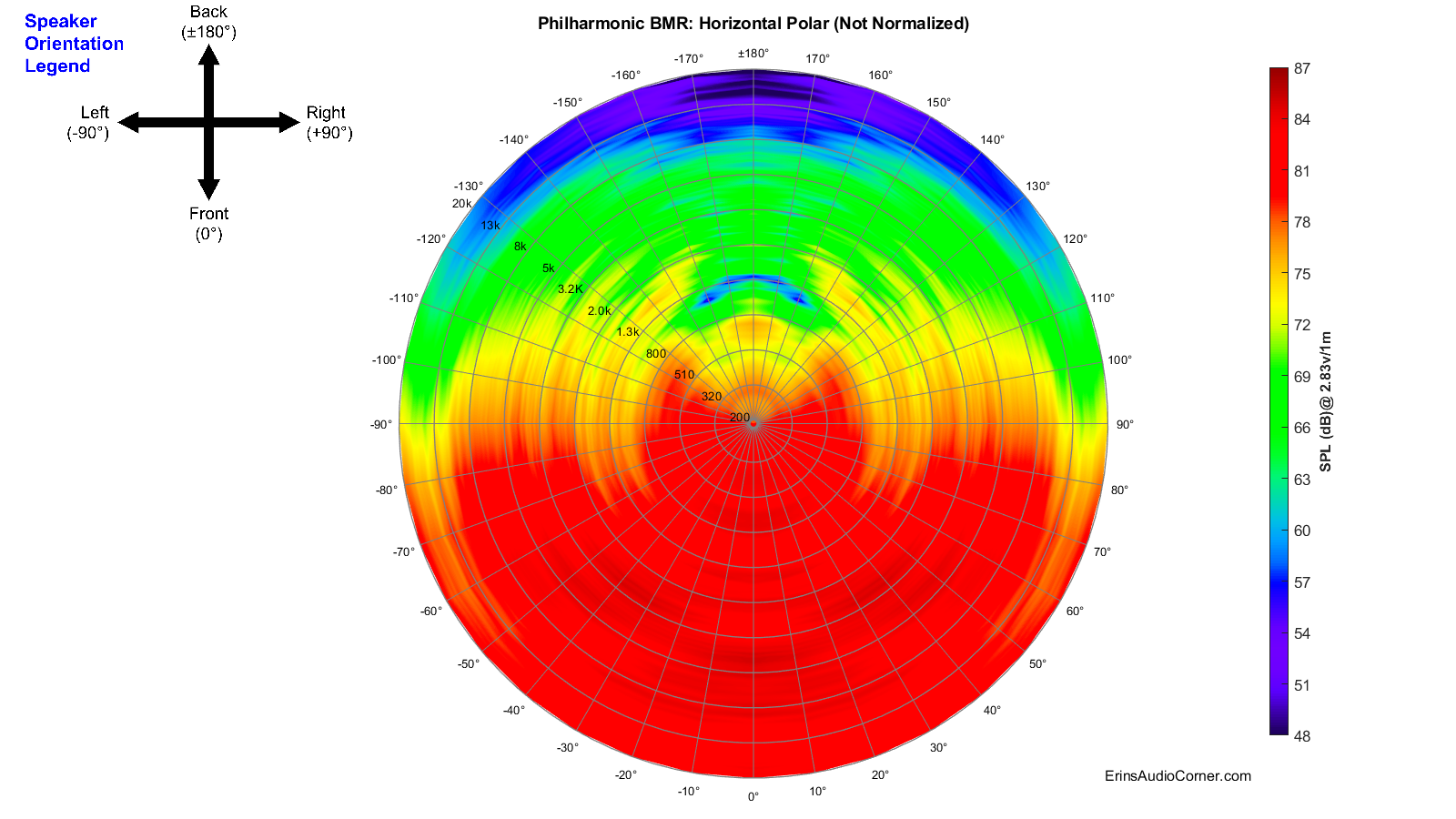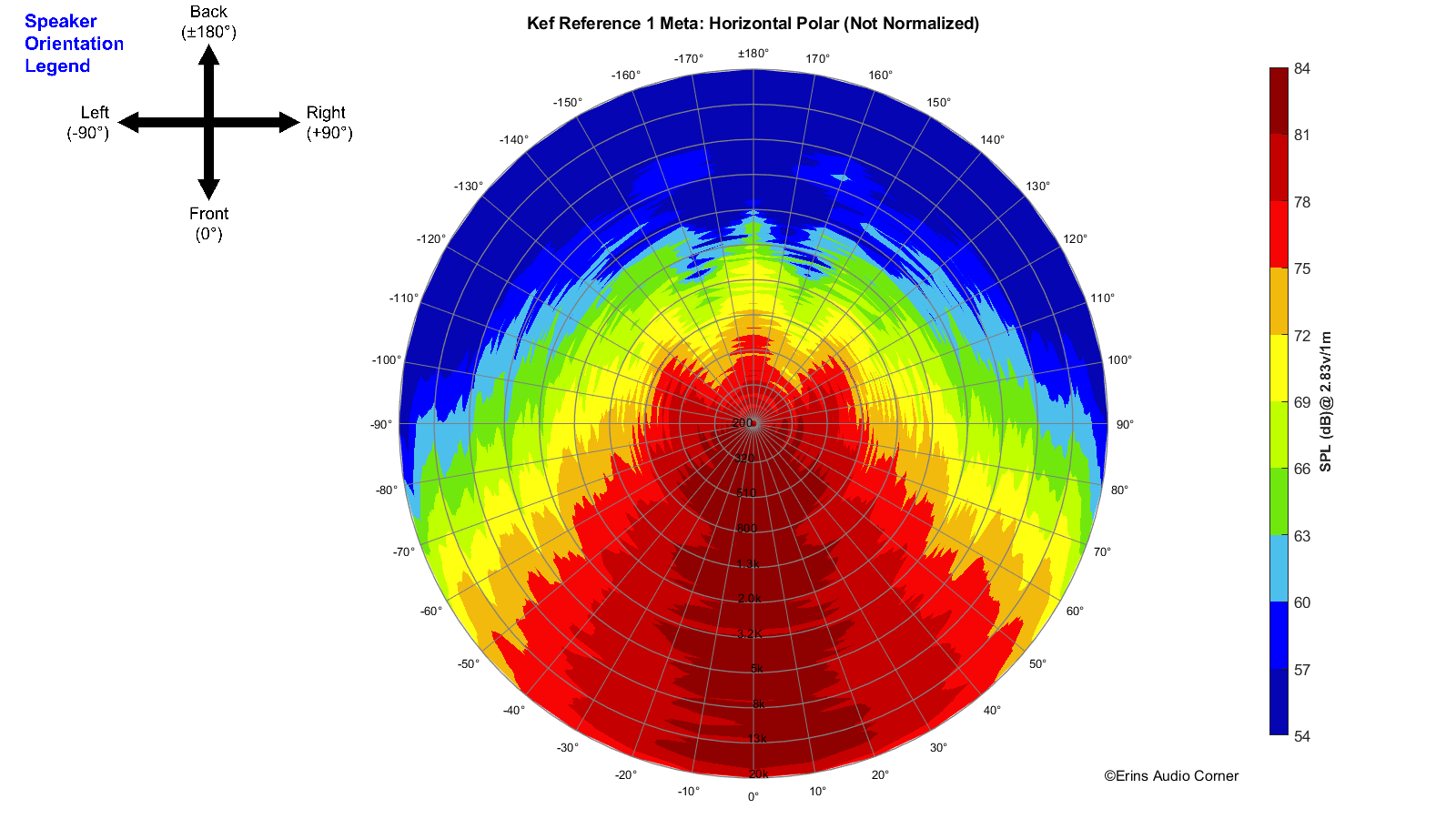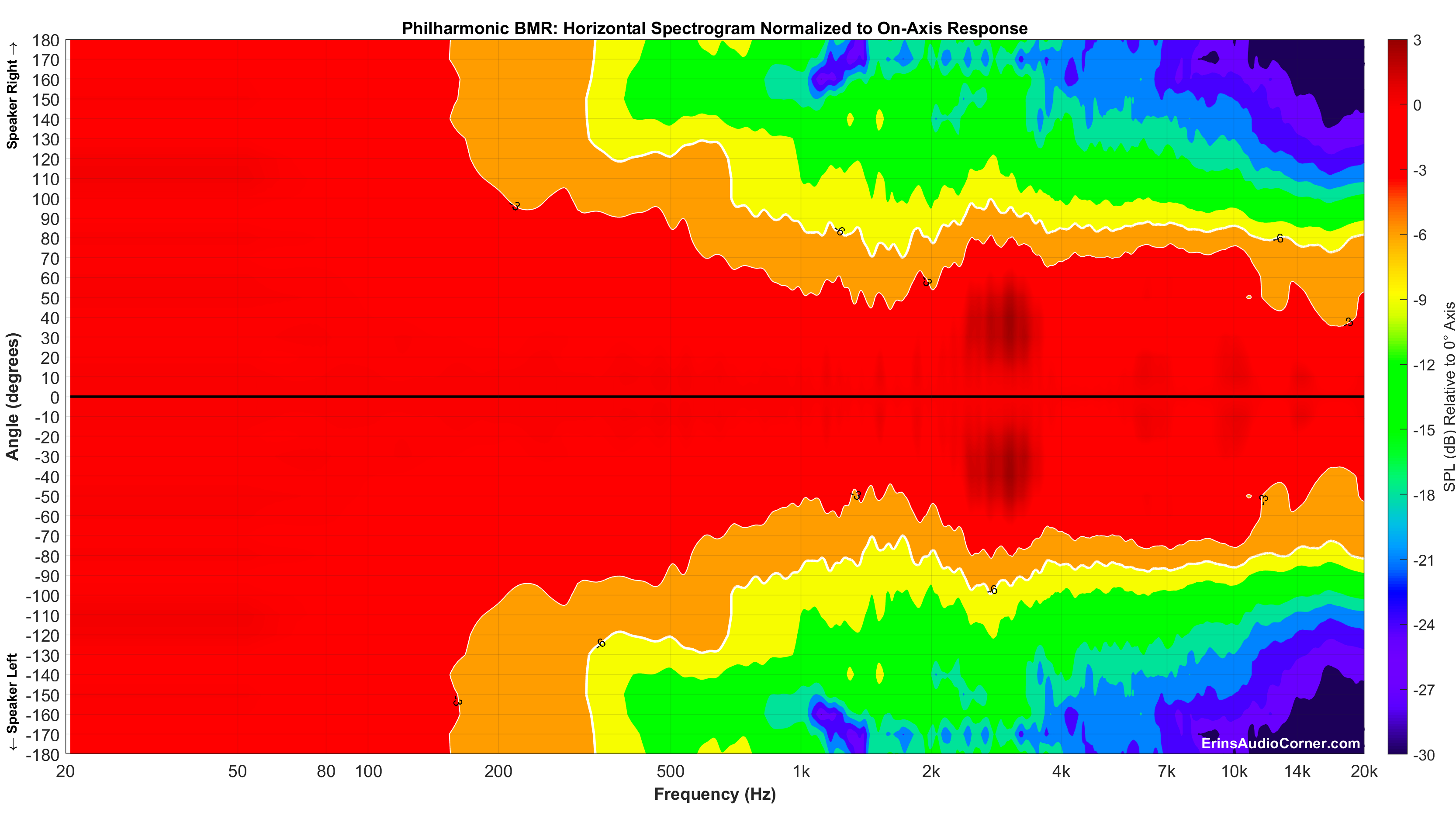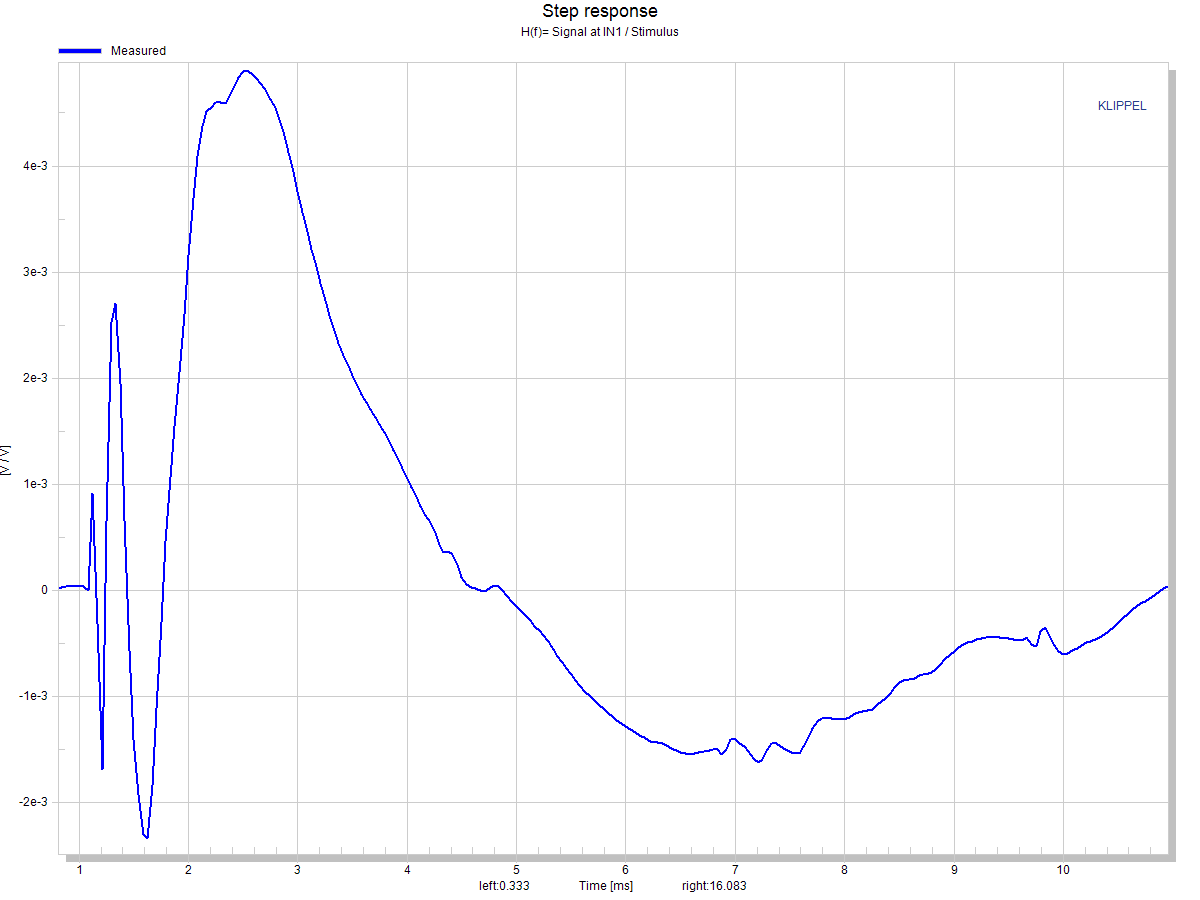Just the tweeter rotated 90 degrees, which would be interesting to know the data for that horizontal orientation vs. vertical....Is the centre just a bookshelf or is there a a different center designed too? I'd chip in for $20 of the shipping
I will probably build a custom av rack that allows me to place it vertically, just not initially.

 ...I couldn't enjoy it)
...I couldn't enjoy it)




